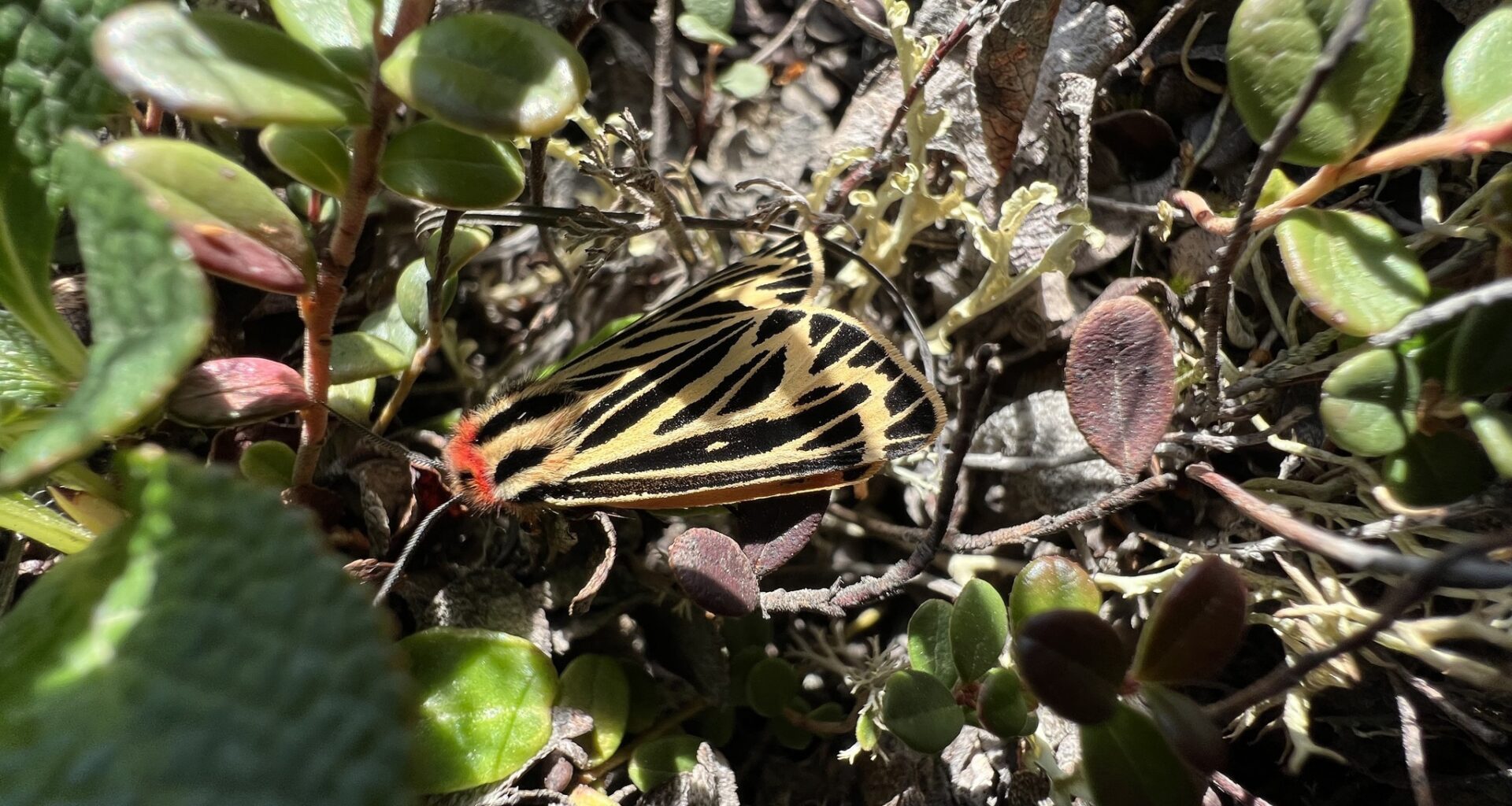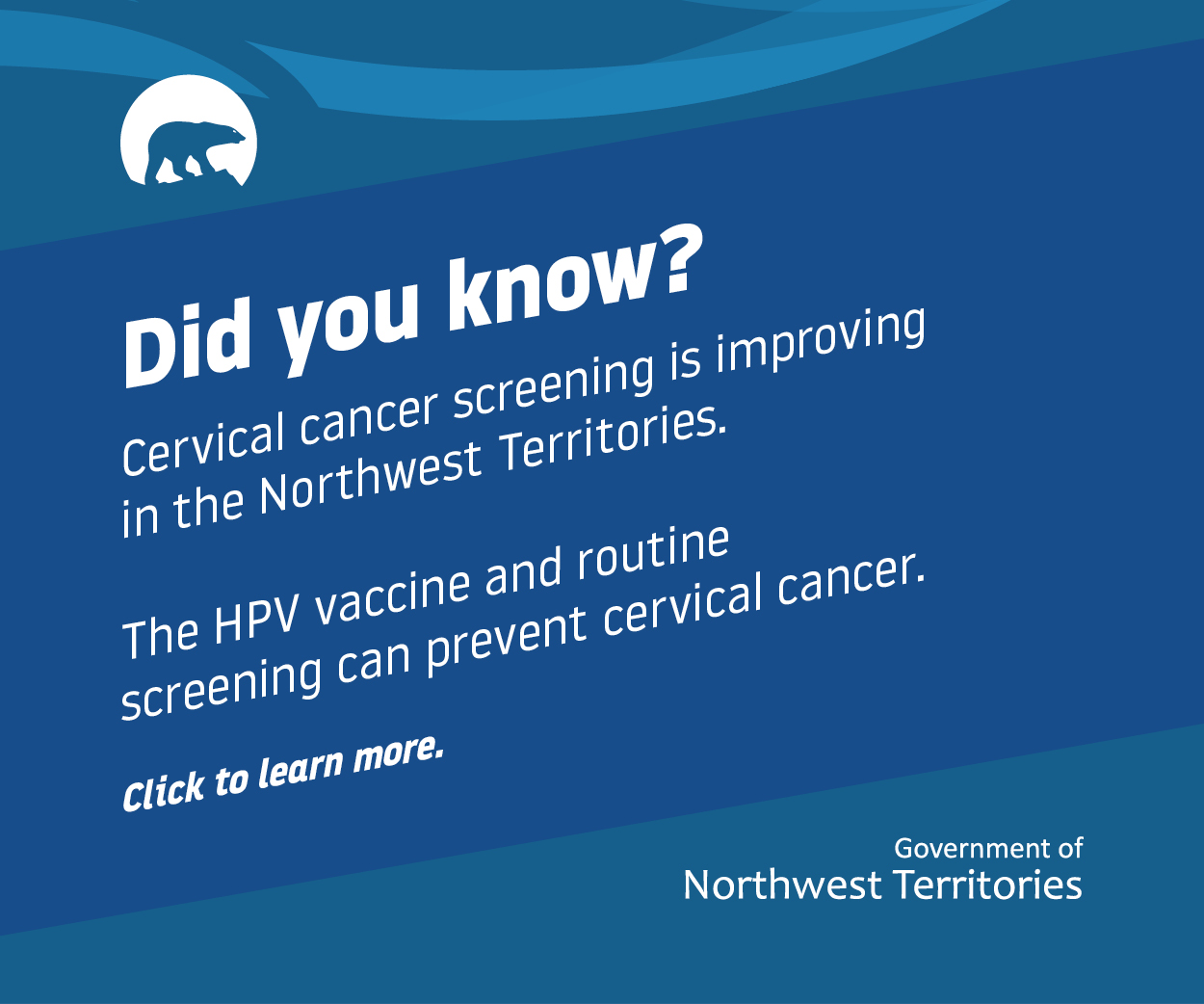There are five species on the citizen science platform iNaturalist that have only ever been recorded in the Northwest Territories.
This doesn’t necessarily mean these species are rare, but rather that they are rarely documented.
Toby Spribille, a professor and lichen biologist at the University of Alberta, took the only photo iNaturalist has in its archive of crushed onyx lichen back in August 2017.
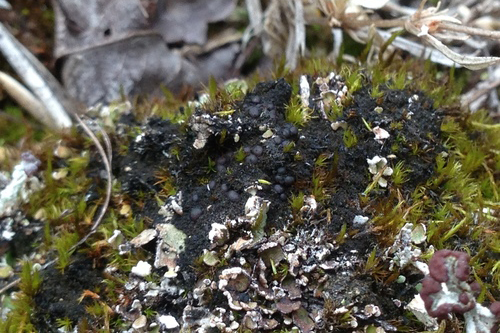 Crushed onyx lichen spotted halfway between Enterprise and Kakisa in August 2017. Toby Spribille/iNaturalist.ca
Crushed onyx lichen spotted halfway between Enterprise and Kakisa in August 2017. Toby Spribille/iNaturalist.ca
Spribille was in the NWT for a “bioblitz,” which brought together experts from across a range of biological disciplines to look at diversity in the territory.
“People were crawling around in different places wherever the roads were – and in some places where there were no roads – trying to inventory as much diversity as they could,” he said.
As he travelled around the North Slave and Dehcho regions, he collected samples and took photos for later identification. He found the crushed onyx lichen between Enterprise and Kakisa.
Spribille says it was a “particularly photogenic specimen” of a lichen for which very few quality photos exist online.
“I use iNaturalist as kind-of an externalized personal diary of places I’ve been,” he explained. “I take pictures of lichens, vascular plants, mushrooms, insects, amphibians, you name it, and so I do that a little bit for myself, and a little bit also to contribute things to the community.”
He has more than 3,500 observations on the platform to date. When he uploads a photo from his phone, iNaturalist automatically pulls the date, time and location to map the image.
Spribille hopes more people in the NWT will start using the platform to document various species, saying from a western science perspective, the land is still relatively unexplored.
“Every time I travel to the North, I’m impressed meeting people from all different walks of life and just how in-tune they are with nature, and how good of an eye they have for small detail,” he said.
“And if people are so inclined, uploading photos to iNaturalist actually really does bridge a knowledge gap that researchers have in the North. Very often, we’ll skim through the iNaturalist archives. We’ll look at the photos and pick out specimens or species that we need more information on, or that we have very little information on.
“So it’s actually a really valuable resource where members of the community can contribute to advancing the cause of science, even by taking photos.”
People don’t have to have a background in biology, as there are other users who will chime in and suggest names for species until they receive a confirmed identification.
There is also a way for people to share species’ Indigenous names in addition to their Latin and English names.
“I would really, really welcome that, because there’s so much that can be shared through this medium,” Spribille said, “also just to really tie it back to the original ways of knowing in the landscape and rooting it in place. I think that’s a fantastic use of the resource.”
‘An empowering tool’
One northerner who uses the site, Emma Pike, has lived in Yellowknife for about 25 years.
The hobby naturalist uses the platform to become more observant and appreciative of the diversity where she lives, and to learn what the different species are.
One species she uploaded to iNaturalist, a Uschakov’s cinquefoil flower, is also the only one of its kind recorded on the site.
 Uschakov’s cinquefoil found on the east shore of Banks Island in August 2020. Emma Pike/iNaturalist.ca
Uschakov’s cinquefoil found on the east shore of Banks Island in August 2020. Emma Pike/iNaturalist.ca
Pike spotted the unique flower on a work trip to Johnson Point on Banks Island in August 2020.
“Not many people get to go to Banks Island, or even this remote corner of Banks Island, so I thought it would be interesting to document what was there,” she said.
For Pike, iNaturalist is also a way to document invasive species and how habitats are changing and shifting farther north due to climate change.
“This kind of citizen science is an important tool, and it’s an empowering tool for people to use to feel like they’re part of the conversation and part of understanding what’s going on around them,” she said.
While the platform has many advantages, it’s not perfect.
Claude Nozères, a biologist at Fisheries and Oceans Canada, said the portal isn’t great for reporting on marine species, explaining iNaturalist mapping mechanism doesn’t extend far from the shore, so some species show only one recorded sighting when in fact they are more populous.
Nozères identified a Curtitoma incisula, a type of small gastropod, on a work trip to the Beaufort Sea north of Ulukhaktok in August 2022.
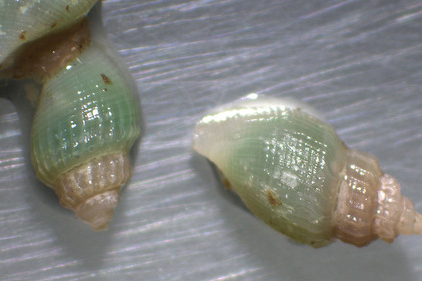 Curtitoma incisula, a type of small gastropod, collected during a DFO survey in the Beaufort Sea north of Ulukhaktok in August 2022. Claude Nozères/iNaturalist.ca
Curtitoma incisula, a type of small gastropod, collected during a DFO survey in the Beaufort Sea north of Ulukhaktok in August 2022. Claude Nozères/iNaturalist.ca
iNaturalist says this is the only recorded sighting it has, but Nozères points to the Molluscabase site, which indicates more than a dozen documented sightings.
The other two species only documented once in the NWT as per the iNaturalist site were both spotted in August 2022: a Philip’s tiger moth photographed near Inuvik and a Macrosaldula monae, a type of shore bug found near Tuktoyaktuk.
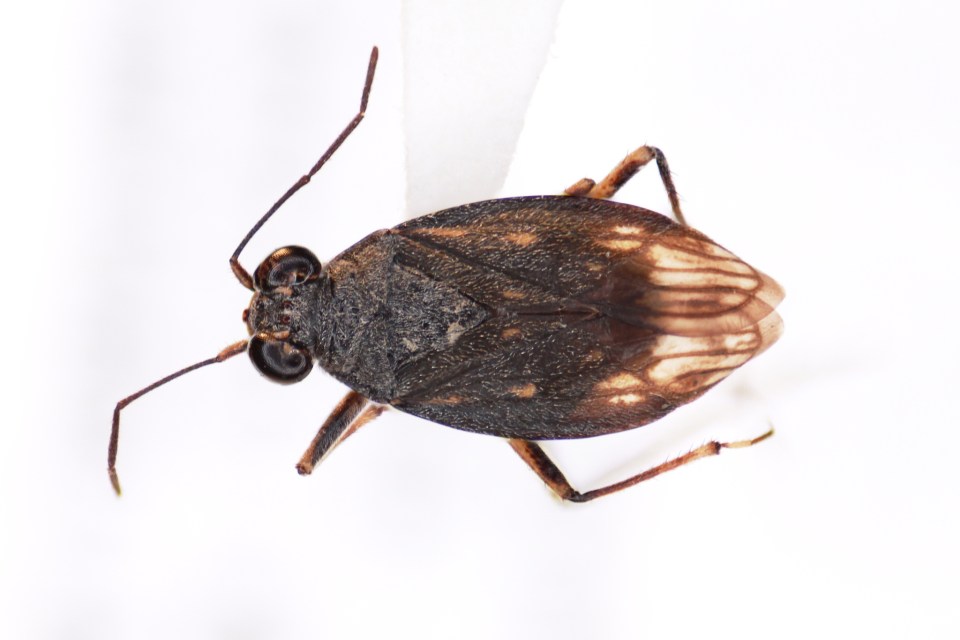 A Macrosaldula monae, spotted just south of Tuktoyaktuk in August 2022. Chris Ratzlaff/iNaturalist.ca
A Macrosaldula monae, spotted just south of Tuktoyaktuk in August 2022. Chris Ratzlaff/iNaturalist.ca
Related Articles

